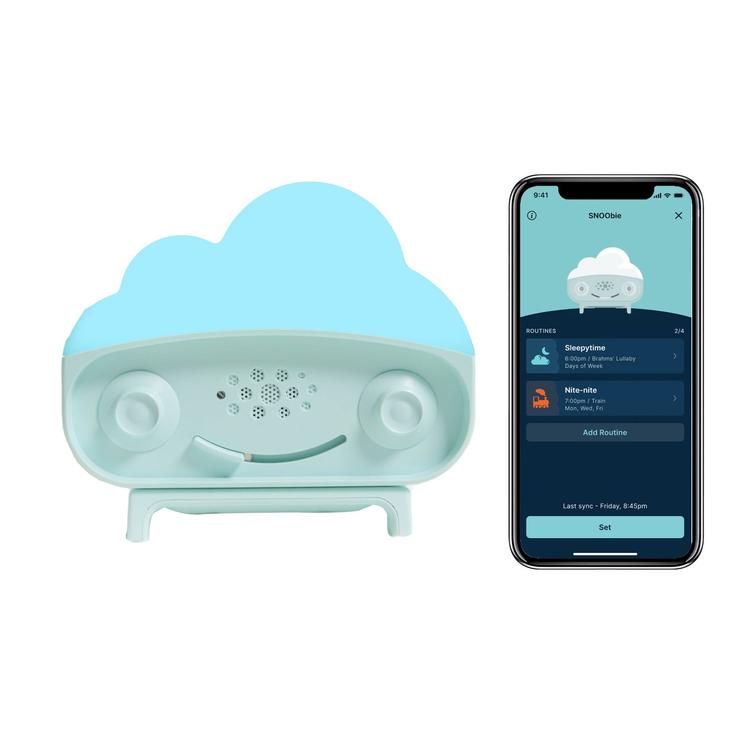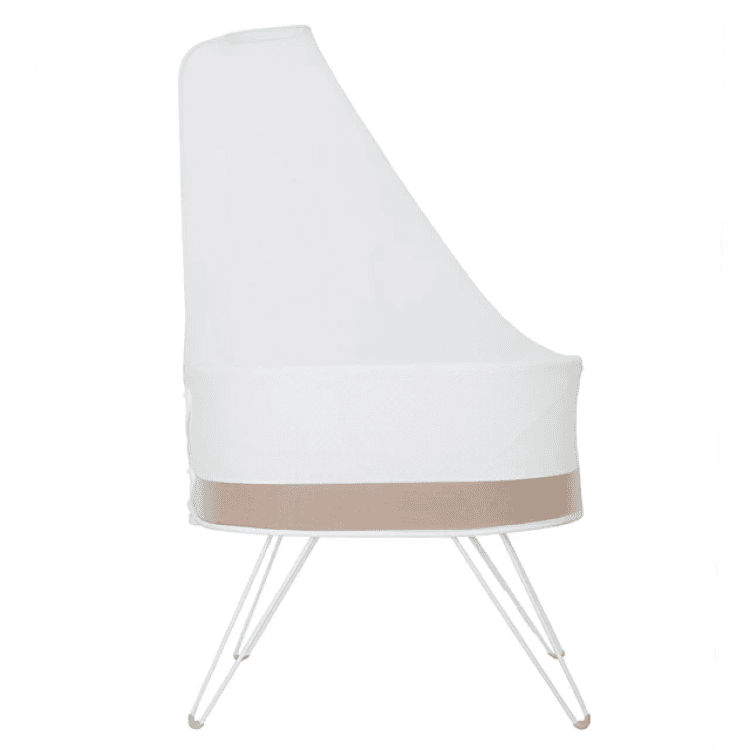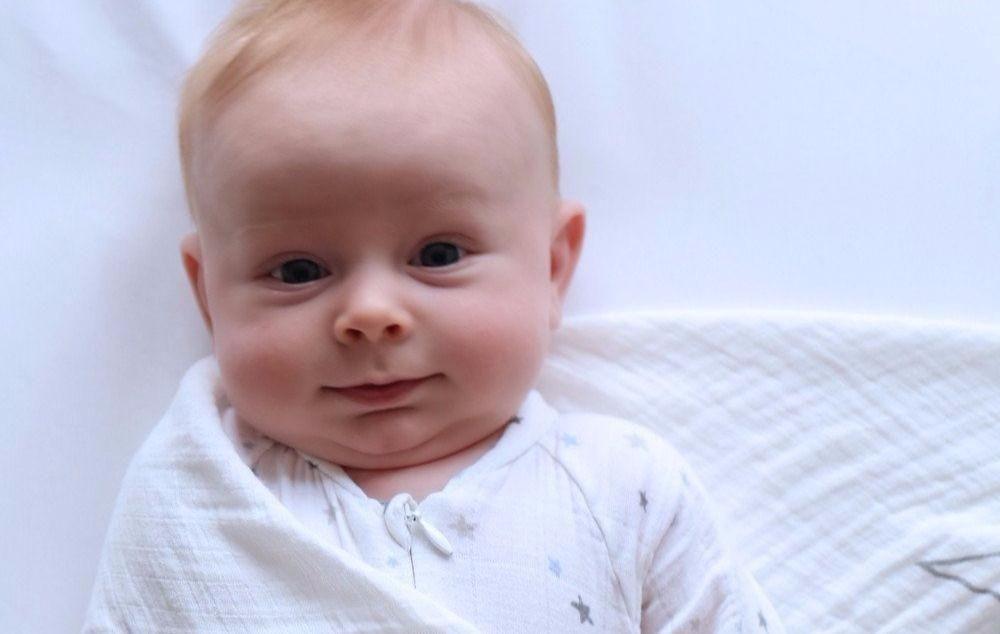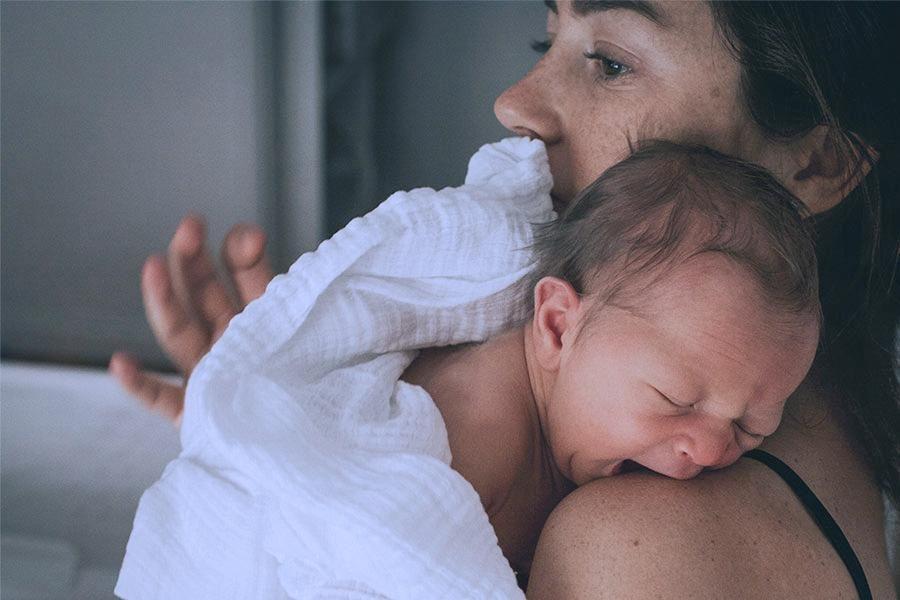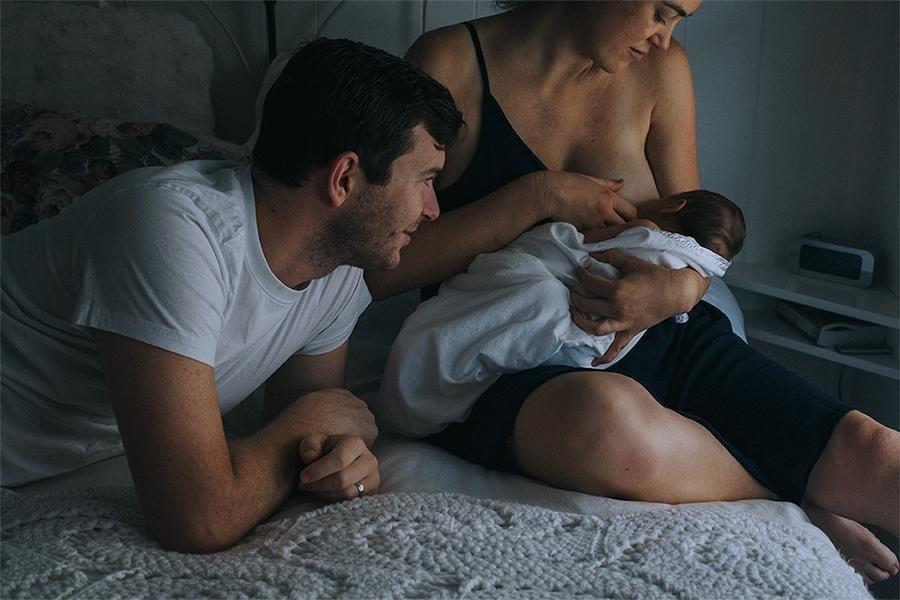Just when you thought you had your toddler’s sleep routine all figured out—bam!—another dreaded sleep regression strikes. Gah! Try not to worry. After all, you’ve already powered through the 6-month sleep regression and maybe even the 9-month regression, too. You got this. To help you and your tot sail through this inevitable sleep hiccup, follow this 18-month sleep regression guide.
What is a sleep regression?
Dr. Harvey Karp, author of The Happiest Toddler on the Block puts it like this: “A sleep regression is when a toddler’s sleep patterns switch from good to crummy…seemingly overnight.” Essentially, a sleep regression is a period when a child who previously slept well experiences disruptions in their sleep patterns. While sleep regressions are for-sure frustrating, the bright side is that they’re a normal part of development and often coincide with a big cognitive leap. (Yay?)
While sleep regressions can strike at any time, the most common sleep regressions are the:
Why won’t my 18-month-old sleep?
Throughout the night—every hour or so—your 18-month-old enters the light, easily disturbed part of their sleep cycle. This is when they jerk, twitch, and move their small body around their cot or toddler bed…and possibly wake themselves up with all the commotion! Toddlers are more vulnerable to outside sleep disturbances during this phase of sleep, too. That means anything from a hallway light to a passing car to scratchy sheet can bolt your 18-month-old awake. Other common sleep-sappers for the toddler set:
What is the cause of 18-month sleep regression?
“Besides normal toddler brain development and defiance, there are a few other common reasons for your 18-month-old’s sleep regression,” says Dr. Karp, including:
- Increased separation anxiety: Even tots who skipped over separation anxiety as babies, can start demonstrating challenges at about 18 months old, notes the American Academy of Pediatrics (AAP).
- Testing boundaries: Toddlers love to push limits! How else will they learn what’s acceptable—or what they’re capable of?
- Changing sleep needs: At 18-months, some kiddos are transitioning from two naps to one. “It can take a couple of weeks to a month to complete the transition from two naps to one,” says Dr. Karp.
- Booming brain development: Because toddlers have twice as many buzzing brain connections as adults do, it can be super-challenging to “power down” at bedtime. (The FOMO is real!)
- Emerging imagination may lead to new fears: When toddlers suffer a scary experience (like an injury or a flood), see a frightening cartoon, misinterpret something ordinary (“The ants carried everything away!”), or are stressed, their fears can sap sleep.
- More physical skills: “Toddlers get so jazzed by moving and exploring, the last thing they want to do is settle down and fall asleep,” notes Dr. Karp. “They often resist bedtime because they hate leaving the thrill of these experiences.”
Sleep Habits of an 18-Month-Old Toddler
An 18-month-old should clock 11 to 14 hours of sleep each day, according to the AAP. This usually consists of 10 to 12 hours of rest at night and 1 to 2 hours of napping, most often squeezed into one daytime sleep session.
More sleep insights:
Do all toddlers have an 18-month sleep regression?
No. Not all toddlers will experience the 18-month sleep regression—some will go through a toddler sleep regression earlier, later, or not at all! In fact, some toddlers’ sleep may even improve at 18 months. (Fingers crossed!)
18-Month Sleep Regression Symptoms
Is your toddler suddenly waking several times a night? That’s just one sign that they are going through an 18-month sleep regression. Here are common signs your toddler is experiencing a sleep regression:
- Growing resistance and fussiness at bedtime
- Difficulty relaxing and falling asleep once tucked in
- Crying when caregiver leaves the room
- More night wakings
- Increased difficulty calming down after nighttime wakeups
- Early morning wakeups
- Shorter or skipped naps
- Longer or more frequent naps
- Increased clinginess or separation anxiety at bedtime
How long does the 18-month sleep regression last?
The 18-month sleep regression rarely stretches longer than a few weeks. Of course, that’s not to say it won’t feel like an eternity! The key? Be consistent with routines and summon your patience—most toddlers return to their normal sleep patterns in no time. On the flip, “if you meet your 18-month-old’s sleep regression with shaming, impatience, or mixed messages, this could turn into months-long ordeal,” says Dr. Karp.
Coping Strategies for Parents During the 18-Month Sleep Regression
The 18-month sleep regression can be a challenging phase for even the most experienced parents. But remember, this is temporary, and you will get through it. For help, try these coping tips:
- Memorize some positive parenting affirmations—and plaster them all over your walls, too.
- Log off social media! Every 18-month-old is unique, so it’s not always helpful to compare your toddler’s sleep.
- If partnered, alternate “nights off,” so you can take turns catching up on ZZZs.
- Seek professional help if your toddler’s sleep regression is significantly impacting your mental health, your parenting confidence, or your child’s wellbeing.
How to Handle Sleep Regressions in Your 18-Month-Old
Sleep regressions are a fact of baby- and toddler-rearing. Your parents went through it with you, their parents with them, and so on back to the Dark Ages. The only difference? Today we have a name for this minor sleep set-back—and we have several proven strategies to help you and your 18-month-old weather this sleep storm with ease:
- Prepare for bedtime during the day. Bedtime starts…after breakfast? Yes! “Toddlers sleep better when they have a day filled with fresh air, sunshine, good food, and outdoor play,” says Dr. Karp.
- Rehearse your routines: “Review your routines before you’re up against the ticking clock of bedtime,” Dr. Karp suggest. To do that, create a DIY beddy-bye book, featuring images that illustrate all the steps of your child’s bedtime routine. “Reading it together during the day teaches your toddler what to expect when bedtime rolls around,” says Dr. Karp.
- Reassess timing. What worked two months ago may no longer be appropriate. Timing needs to adapt based on your child’s development. So, if your 18-month-old recently dropped a nap, you’ll likely need to move their bedtime earlier to avoid sleep problems related to being overtired. (Find the right bedtime for your toddler.)
- Consider a nightlight. Many toddlers feel a sense of comfort and safety if they can see familiar surroundings when they wake in the middle of night…not just a sea of darkness! Nightlights can help ward off nightmares, too! Learn how to pick the best toddler nightlight.
- Use a predictable bedtime routine. Start the routine about an hour before tuck-in by dimming the lights and playing some low, rumbly white noise. That’s everyone’s cue to stop all roughhousing and shut down screens. After pyjamas and washing up, use the last 15 minutes to snuggle together in bed (), read a few calming stories, and do some of Dr. Karp’s signature “.”
18-Month Sleep Regression: Final Thoughts
Guess what? By trying to understand what’s behind your 18-month-old’s sleep regression you’re already ahead of the game! Next up: Begin implementing good-sleep strategies, like a predictable bedtime routine. If sleep struggles continue, you may need to tweak your approach using a different mix of the strategies above—what works for some toddlers may not work for others! If you have persistent concerns about your toddler's sleep patterns, don’t hesitate to consult with your paediatrician. With time and patience, this regression will be in your rearview mirror.
More Toddler Sleep Help:





